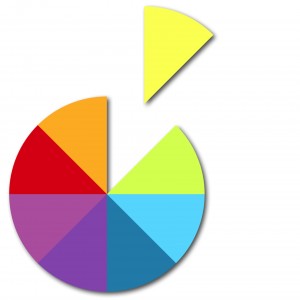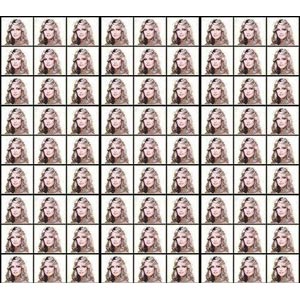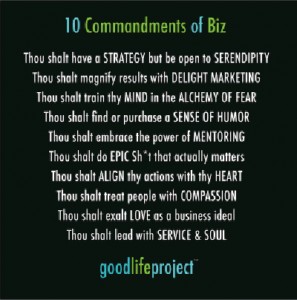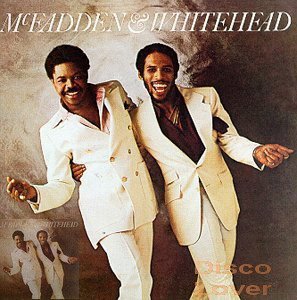Wow! My last blog post, “PLEASE Unsubscribe NOW”, received a record number of comments.
With the exception of one snarky comment, there always has to be one, I received overwhelmingly appreciative and supportive feedback.
So THANK YOU! It was very affirming and I am happier than ever to be of service.
For those of you who don’t know, I’m currently accepting applications for MAKING Art Making MONEY, an 8-week, intimate, live, online foundational business course for artists starting again on February 3, 2014.
You can take this course from anywhere you sit on the globe because we meet via Google Hangouts.
This course is not for everyone so this is not a hard sell.
But if you do the work, chances are very high that the course will work.
There are, of course, no guarantees but you can see what graduates have learned and the increases in their art sales.
Also, here’s a link the top FAQs about MAKING Art Making MONEY,
I invite you to Apply NOW. Those of you who complete the application will receive a gift .pdf copy of my new book, “SELL YOUR ART without Selling Out, 101 Rules.”
But please do not apply unless you are serious.
Enrollment is limited.
Each class will have no more than nine students so that I can maximize each student’s individual attention.
If you’re down with what Artists Who THRIVE is all about, please share the love and invite two friends to subscribe today.
What do you think? What about Artists Who THRIVE resonates with you? What is your most resent success?
Please post your comments below this page…







